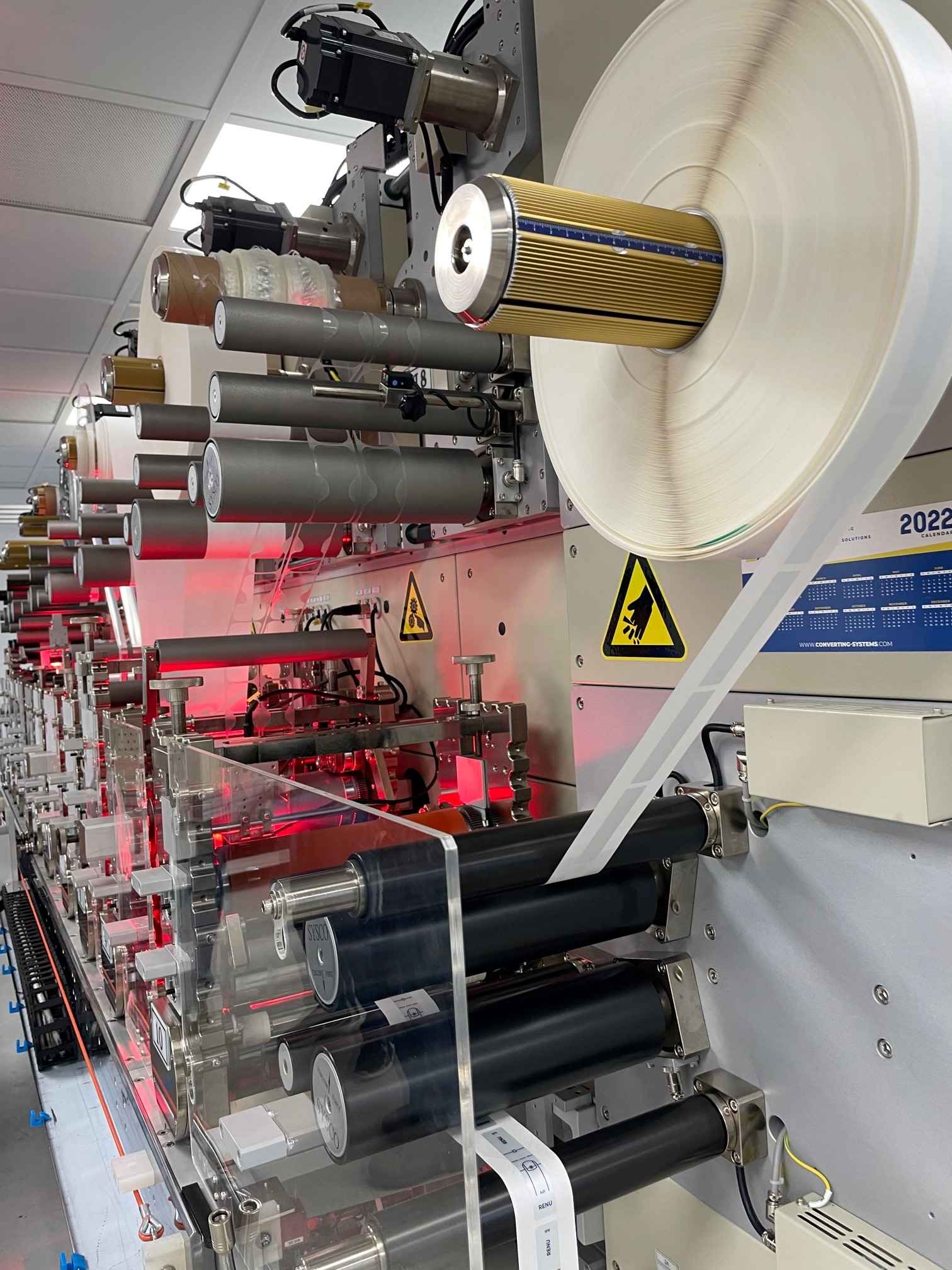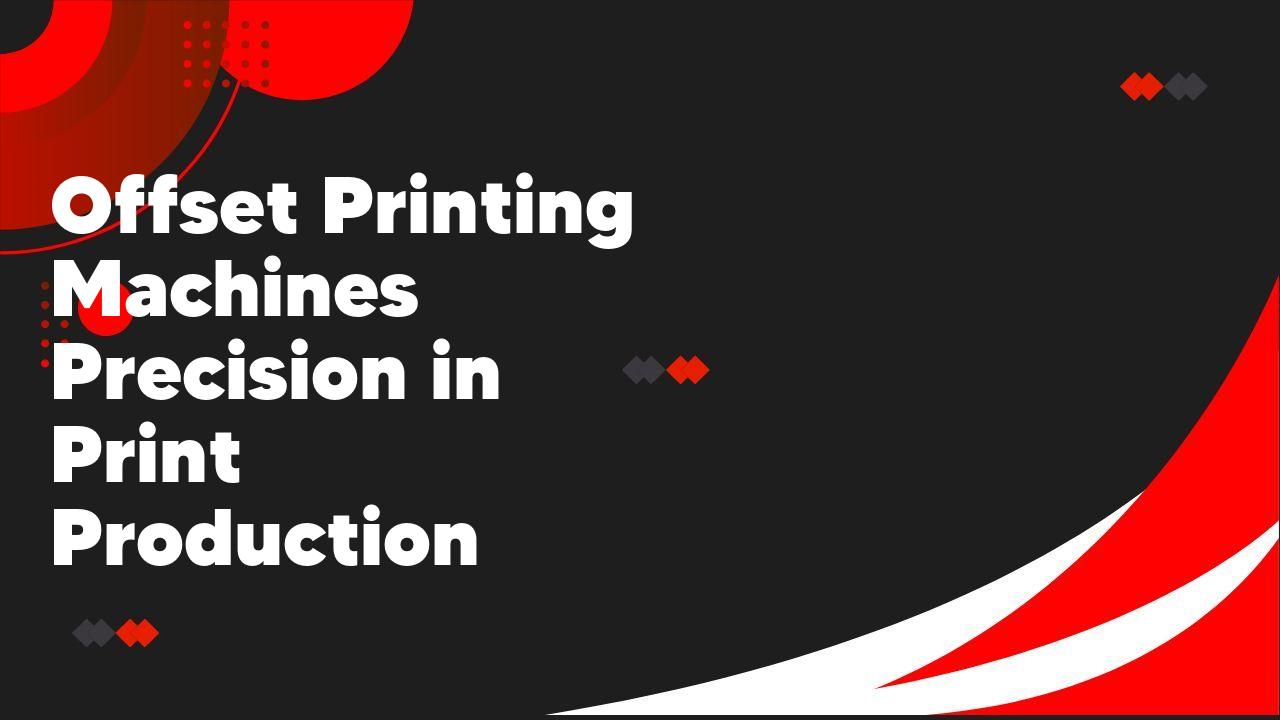Offset printing machines are a crucial tool in the print production industry, offering precision and high-quality results. These machines use a unique process that transfers ink from a plate to a rubber blanket, which then applies the ink to the desired printing surface. With their ability to produce consistent and accurate prints, offset printing machines have become a staple in the industry.
The Evolution of Offset Printing Machines: A Brief History
Offset printing machines have come a long way since their inception. The history of these machines dates back to the late 19th century when they were first introduced as a more efficient alternative to traditional letterpress printing. The early offset printing machines used a rubber blanket to transfer the ink from the printing plate to the paper, resulting in a cleaner and more precise print. Over the years, advancements in technology have led to the development of more sophisticated offset printing machines, capable of producing high-quality prints at a faster rate. Today, offset printing machines are widely used in the printing industry for various applications, making them an integral part of the evolution of printing technology.
How Offset Printing Machines Ensure Precision in Print Production

Offset printing machines are known for their ability to ensure precision in print production. These machines use a process called offset lithography, which involves transferring ink from a plate to a rubber blanket and then onto the printing surface. This process allows for consistent and accurate reproduction of images and text. The machines are equipped with advanced technology that allows for precise control of ink flow and placement, resulting in sharp and clear prints. Additionally, offset printing machines have the capability to handle a wide range of materials, including different types of paper and cardstock, ensuring that the final product meets the desired specifications. Overall, offset printing machines are a reliable and efficient choice for achieving high-quality prints with precision.
Key Components of Offset Printing Machines for High-Quality Prints
Offset printing machines are complex pieces of equipment that are designed to produce high-quality prints. There are several key components that contribute to the overall performance and output of these machines. One important component is the plate cylinder, which holds the printing plate and transfers the image onto the paper. Another crucial component is the blanket cylinder, which is responsible for transferring the ink from the plate cylinder onto the paper. Additionally, the impression cylinder applies pressure to ensure proper ink transfer and image reproduction. Other components include the ink fountain, which holds the ink, and the dampening system, which controls the amount of water applied to the plate. All of these components work together to ensure precise and consistent printing results.
Advantages of Offset Printing Machines over Other Printing Methods
Offset printing machines offer several advantages over other printing methods. Firstly, they provide high-quality prints with sharp and vibrant colors. This is because the ink is transferred from the plate to a rubber blanket and then onto the paper, resulting in a clean and precise image. Additionally, offset printing machines are capable of producing large quantities of prints at a fast rate, making them ideal for large-scale projects. They also offer versatility in terms of the types of materials that can be printed on, including paper, cardboard, and even plastic. Lastly, offset printing machines are cost-effective, as they require less ink and produce less waste compared to other printing methods.
Common Challenges in Offset Printing and How to Overcome Them
Offset printing is a widely used printing technique, but it comes with its fair share of challenges. One common challenge is the issue of ink smudging. This occurs when the ink does not dry properly and ends up smudging on the printed material. To overcome this, it is important to ensure that the ink is properly cured and dried before handling the printed material. Another challenge is color inconsistency. This can happen due to variations in ink density or improper color calibration. To overcome this, it is crucial to regularly check and adjust the ink density and color calibration to maintain consistency. Additionally, paper jams can also be a challenge in offset printing. Regular maintenance and cleaning of the printing press can help prevent paper jams and ensure smooth printing operations.
The Future of Offset Printing Machines: Innovations and Trends
Offset printing machines have come a long way in terms of innovations and trends. With advancements in technology, these machines have become more efficient, reliable, and versatile. One of the key trends in offset printing machines is the integration of digital capabilities. This allows for faster setup times, reduced waste, and improved print quality. Additionally, there has been a shift towards more environmentally friendly practices, with the development of eco-friendly inks and the use of recycled materials. Another trend is the increasing demand for customization and personalization, with offset printing machines now able to handle variable data printing. Overall, the future of offset printing machines looks promising, with continued advancements and improvements on the horizon.
Conclusion
In conclusion, offset printing machines have proven to be highly precise in print production. Their ability to consistently reproduce high-quality images and text has made them a popular choice for many industries. With advancements in technology, offset printing machines continue to evolve and improve, ensuring even greater precision in the future.
What is offset printing?
Offset printing is a commonly used printing technique where the inked image is transferred (or “offset”) from a plate to a rubber blanket, then to the printing surface. It is known for its high-quality and consistent results.
How does offset printing work?
In offset printing, the image to be printed is first transferred onto a metal plate. The plate is then dampened with water, which adheres to the areas without the image. Ink is then applied to the plate, sticking only to the image. The inked image is then transferred to a rubber blanket and finally onto the printing surface.
What are the advantages of offset printing?
Offset printing offers several advantages, including high image quality, sharp and clean prints, consistent color reproduction, and the ability to print on a wide range of materials. It is also cost-effective for large print runs.
What types of materials can be printed using offset printing?
Offset printing can be used to print on various materials, including paper, cardboard, plastic, metal, and fabric. It is a versatile printing method suitable for different applications.
Is offset printing suitable for small print runs?
Offset printing is most cost-effective for large print runs due to the setup time and costs involved in preparing the plates. However, it can still be used for small print runs if the quality and consistency of the prints are essential.
What is the precision level in print production achieved by offset printing machines?
Offset printing machines are known for their high precision in print production. They can achieve precise registration, sharp details, and accurate color reproduction, making them ideal for demanding printing projects.

